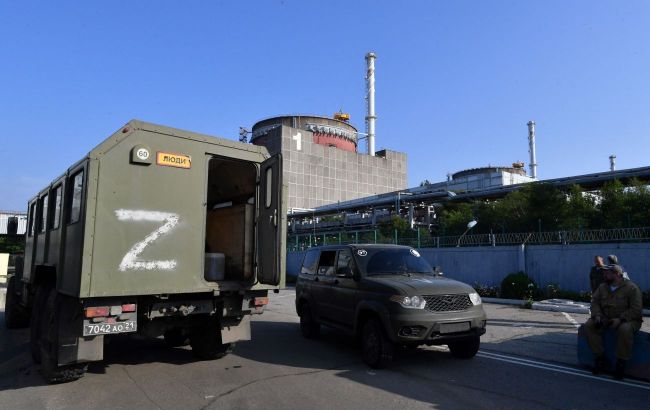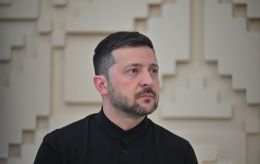Prolonged blackout at Zaporizhzhia nuclear plant could trigger Fukushima-style crisis – The Guardian
 Photo: Three days without power at Zaporizhzhia NPP (Getty Images)
Photo: Three days without power at Zaporizhzhia NPP (Getty Images)
The Zaporizhzhia Nuclear Power Plant has been without external power for three days, forcing emergency generators to run at full capacity. Experts fear uncontrolled reactor heating, according to The Guardian.
External power to the plant, occupied by Russian forces, has been cut for more than three days. Emergency generators are sustaining cooling and safety systems, but there are no signs of a quick restoration of the power line.
Possible Kremlin intentions
Western experts and Ukrainian officials fear that Russia is engineering a crisis to tighten its grip on Europe’s largest nuclear facility. Moscow is taking significant risks by attempting to restart at least one reactor under wartime conditions.
"Russia is using the nuclear power station as a bargaining chip," a Ukrainian official told journalists.
Meanwhile, Greenpeace experts warn of a "new critical and potentially catastrophic phase" of the occupation.
Risks of uncontrolled overheating
European regulators’ stress tests following the 2011 Fukushima disaster showed that a nuclear plant must have external power for 72 hours. Exceeding this period has not been tested.
Currently, seven of the 18 available generators are maintaining cooling. If they fail, uncontrolled heating of nuclear fuel in the six reactors could occur over several weeks, potentially leading to a meltdown.
Comparison with Fukushima
At Fukushima, the accelerated scenario occurred due to a magnitude 9.0 earthquake: the reactors shut down automatically, but emergency generators were disabled by the resulting tsunami. Three nuclear rods melted within three days; the fuel remained in the containment vessel. There were no fatalities, but over 100,000 people were evacuated.
Russia's plans to integrate the plant into its network
There are signs Russia is close to connecting a new power line through occupied territory. Satellite imagery shows 125 miles of construction from the Russian grid in occupied Mariupol. Other images indicate the construction of a dam to create a safer water reservoir, potentially enabling the start-up of one of the six reactors.
A week ago, Russian plant director Yuriy Chernichuk stated that integration into the Russian grid is "in its final stage," although starting a reactor during wartime would be unprecedented.
Critical situation at Zaporizhzhia NPP
On September 23, Energoatom reported that the Zaporizhzhia nuclear power plant experienced its tenth blackout since the full-scale war began. The company noted that the last external power line connecting the plant to Ukraine’s energy system had stopped working.
On September 25, Energoatom said the plant was in blackout for a second consecutive day due to actions by Russian occupiers, who deliberately did not restore power.
On the evening of September 25, Russian dictator Vladimir Putin met in Moscow with IAEA Director General Rafael Grossi. Grossi called the conversation "timely and important," but no specific decisions regarding the Zaporizhzhia plant were announced.

